Toyota Tundra (1999-2023) firing order — diagram & guide
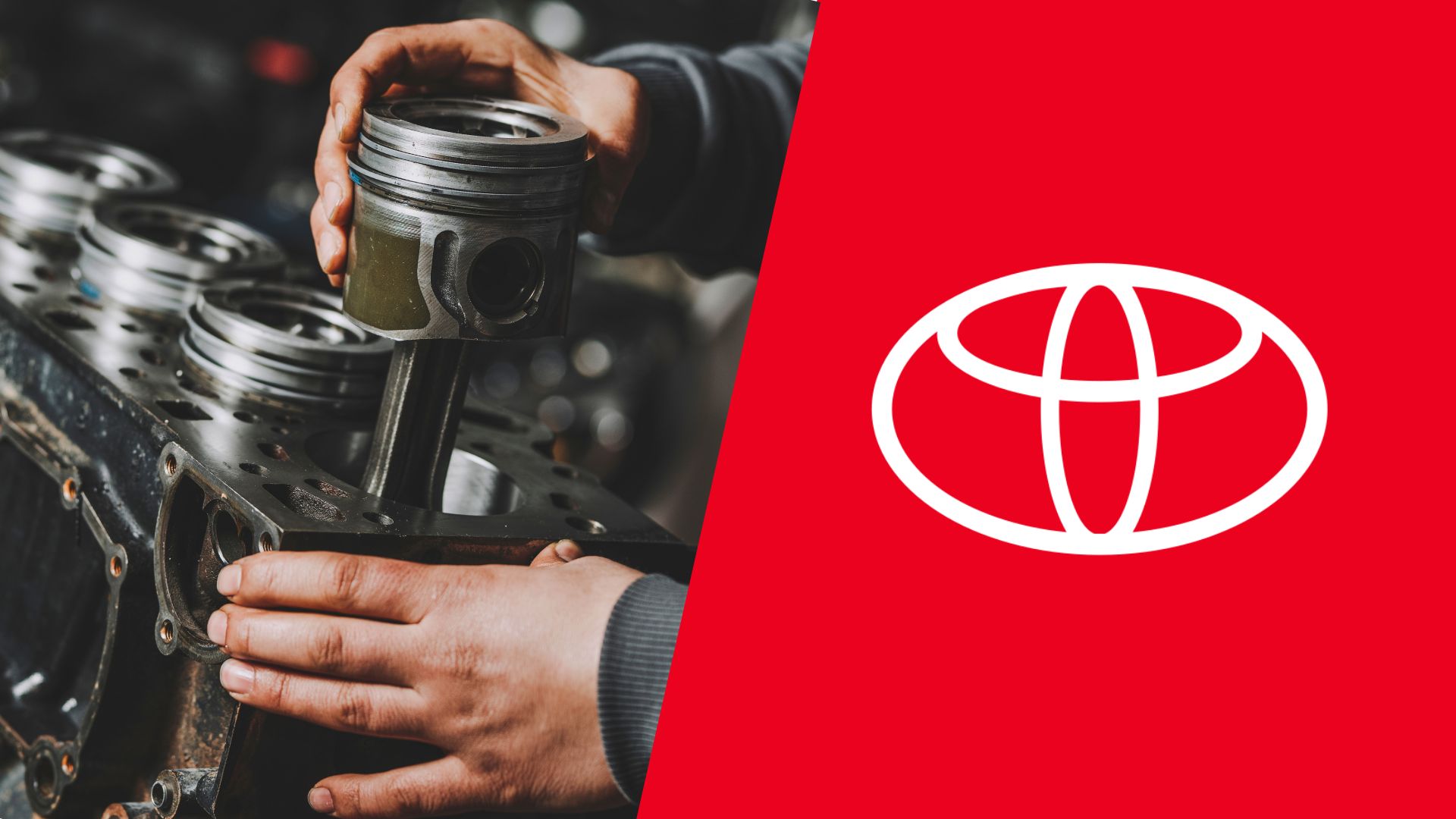
The North American market of pickup trucks has always been filled with impressive domestic models, but that all changed in 1999. With the introduction of the first-generation of the Toyota Tundra made in the US by Japanese Toyota standards, tables have changed in this vehicle class.
So, if you are one of the proud owners of these trucks, our guide on the Toyota Tundra (1999-2023) firing order will help you keep yours running for a while longer. We’ll also tell you everything you need to know about cylinder numbering so you can have an easier time using the firing order.
| TUNDRA YEARS | ENGINE | FIRING ORDER |
|---|---|---|
| 1st Gen (1999-2006) | 3.4L V6 | 1-2-3-4-5-6 |
| 4.0L V6 | 1-2-3-4-5-6 | |
| 4.7L V8 | 1-8-4-3-6-5-7-2 | |
| 2nd Gen (2007-2021) | 4.0L V6 | 1-2-3-4-5-6 |
| 4.7L V8 | 1-8-4-3-6-5-7-2 | |
| 5.7L V8 | 1-8-7-3-6-5-4-2 | |
| 3rd Gen (2022-present) | 3.4L Twin-Turbo V6 | 1-2-3-4-5-6 |
First-generation Toyota Tundra (1999-2006) firing order
Just like many of its US-based relatives in the pickup truck category, the first-gen Tundra offered some base V6 options and a high-capacity V8 engine. Most of these came from the famous “FE” engine family that’s known to be durable among Toyota powertrains, so let’s see what it looks like from the perspective of engine firing orders.
Toyota Tundra 3.4L firing order
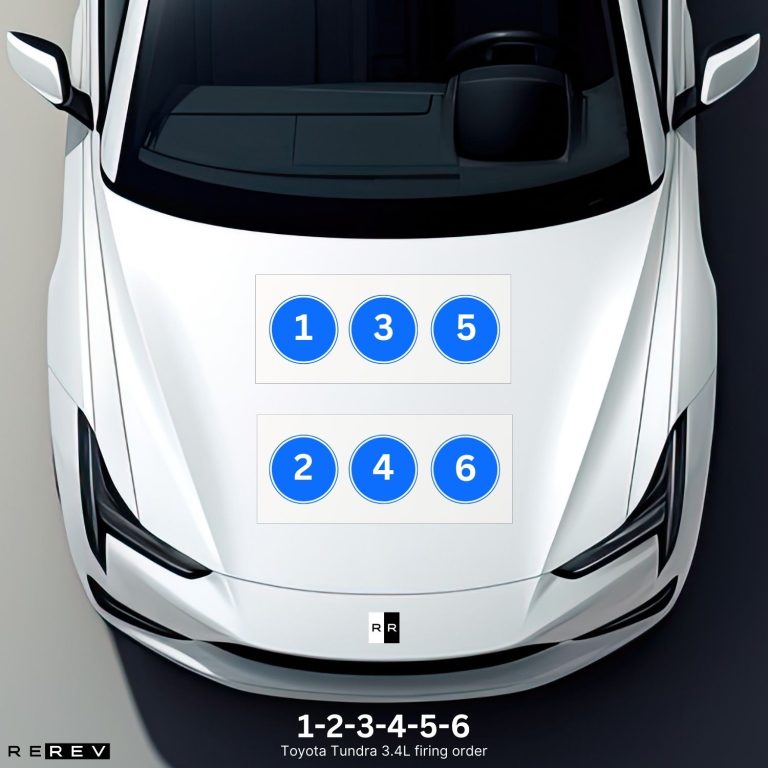
As the first base engine option introduced for the Tundra back in 1999, the 3.4-liter V6 engine has made history as one of the most reliable Toyota engines. It was produced for 7 years and the Toyota Tundra 3.4L firing order is 1-2-3-4-5-6 which is yet another convenient fact about this engine.
That only means you have to identify the cylinder positions and go from the first one to the sixth one when checking for misfires or bad plugs or coils. To do that, you’ll also need to know where each cylinder is positioned, so the first one is on the upper-left side of this transversely-placed engine.
Cylinders 3 and 5 follow right up from left to right, while the lower bank houses cylinders 2, 4, and 6 also left to right.
Toyota Tundra 4.0L firing order
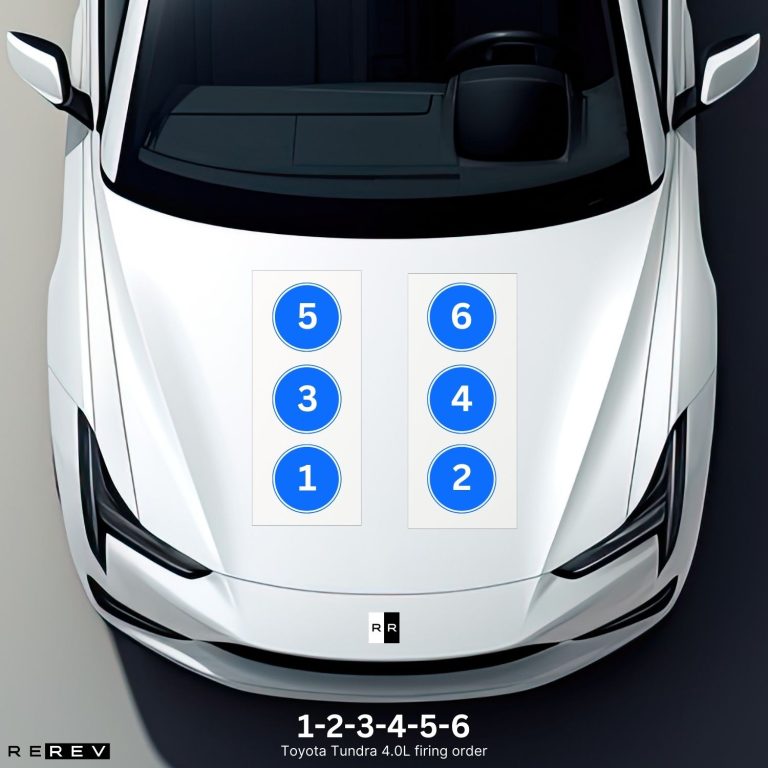
Moving on with the next V6 option, the Toyota Tundra 4.0L firing order is 1-2-3-4-5-6 which matches the first engine we’ve discussed. Both engines come from the same Toyota engine family, but this time it was a longitudinal V6.
In other words, you had a left and right cylinder bank, so cylinders 1, 3, and 5 are on the passenger’s side front to rear this time. Even cylinder numbers 2, 4, and 6 are on the driver’s side of the engine bay.
Toyota Tundra 4.7L firing order
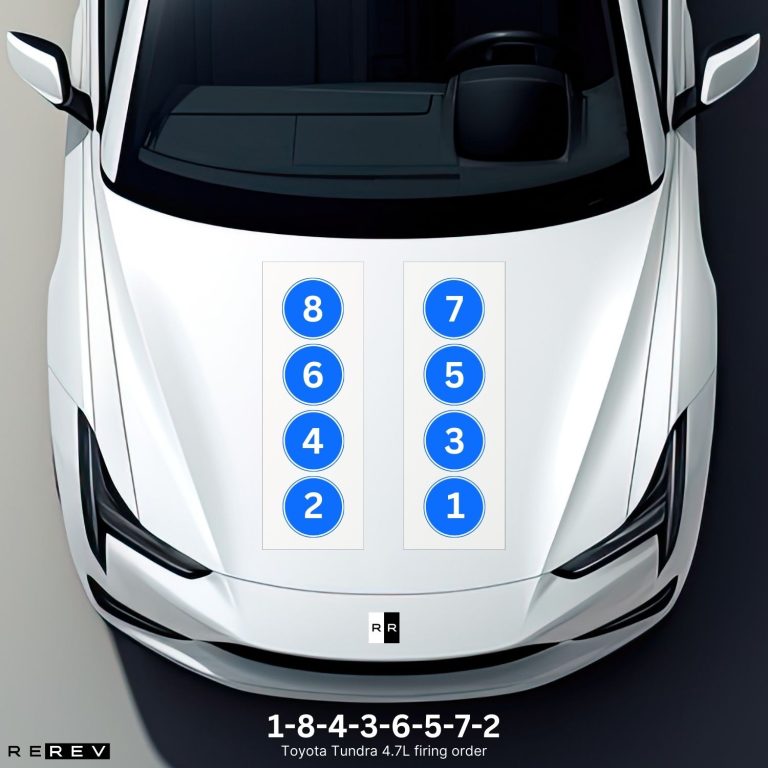
The high-capacity 4.7-liter V8 engine was later added as an option for the first-gen Tundra and this is one of the most popular engines for this truck. It even stuck around for the next model generation and the Toyota Tundra 4.7L firing order is 1-8-4-3-6-5-7-2.
This time, we have two cylinder banks with four cylinders each, so numbers 1, 3, 5, and 7 are on the driver’s side. The cylinders 2, 4, 6, and 8 are on the passenger’s side of the engine, and the cylinders are numbered front to rear.
Second-generation Toyota Tundra (2007-2021) firing order
The second generation of the Tundra didn’t bring too much change in the engine lineup for this model. The 3.4-liter V6 was removed from the offer, but the 4.0-liter V6 and 4.7-liter V8 remained optional. Plus, there was an extra V8 option added in the form of a 5.7L V8, so we’ll discuss that one next.
Toyota Tundra 5.7L firing order
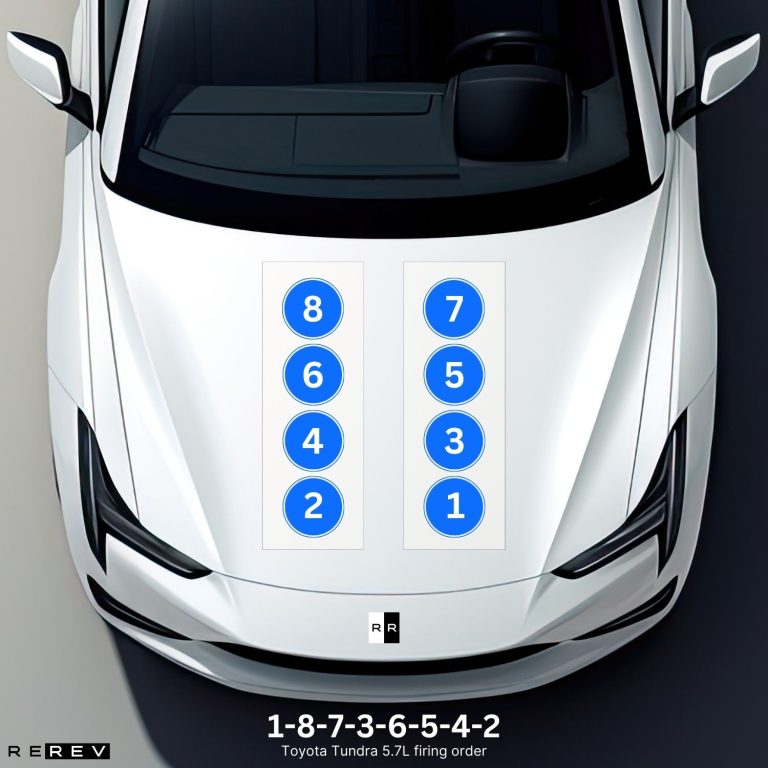
So, the 5.7-liter V8 is the only newly-added engine for the second-gen Tundra, but there are major differences between this one and the previous 4.7L engine. Most notably, the Toyota Tundra 5.7L firing order is 1-8-7-3-6-5-4-2, which isn’t like the one used in the previous V8.
However, there are some similarities as well and the cylinder layout makes it easier for you to use the firing order since it’s the same as for the previous V8. Cylinders 1, 3, 5, and 7 are on the driver’s side of the engine, while cylinders 2, 4, 6, and 8 are on the passenger’s side of the engine.
Third-generation Toyota Tundra (2022-ongoing) firing order
The third generation of the Tundra saw significant changes in terms of engine options since all of the previously used engines were dropped for this one. Instead, Toyota made one signature engine for all the Tundra trims and it’s the 3.4-liter Twin-turbo V6.
Toyota Tundra 3.4L twin-turbo firing order
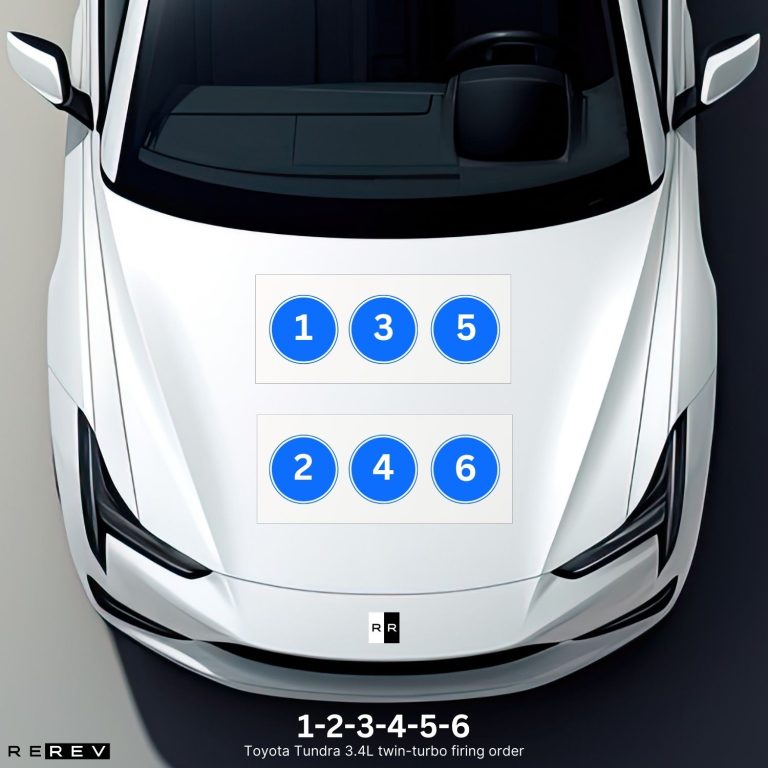
The twin-turbo V6 is used either as a self-sufficient engine or in pair with a hybrid electric component in the third-gen Tundra. Either way, the Toyota Tundra 3.4L twin-turbo firing order is 1-2-3-4-5-6, and the cylinders are arranged in the same as for the initial 3.4L engine.
So, cylinder numbers 1, 3, and 5 are in the upper bank, while cylinders 2, 4, and 6 are in the lower bank of the transverse twin-turbo V6.
Our take
Regardless of the engine inside of your Toyota Tundra, we are confident that the car is serving you well with all the reliability scores it has achieved over the years. Still, we also hope we gave you a little bit of push so you can do engine check-ups more frequently and more effectively to maintain the engine with something as simple as a firing order.